Optimal Timing for Foundation Repairs
Foundation repairs are most effective when performed under suitable weather conditions and during periods of minimal soil movement. The optimal time varies based on climate and soil type, but generally, late spring to early fall offers the most stable environment for repairs. Avoiding extreme cold or excessive heat can help ensure the longevity of repair work and prevent additional soil shifting.
Spring offers moderate temperatures and stable soil conditions, making it a good time for foundation work. Early spring repairs can prevent further damage caused by winter freeze-thaw cycles.
Summer provides warm weather conducive to construction activities. However, high temperatures and drought conditions may cause soil to contract, which can impact repair stability.
Fall typically presents cooler temperatures and less soil movement, making it an ideal period for foundation repairs before winter sets in.
Winter is generally less suitable due to freezing temperatures, frozen ground, and potential for snow and ice, which can hinder repair work and affect outcomes.
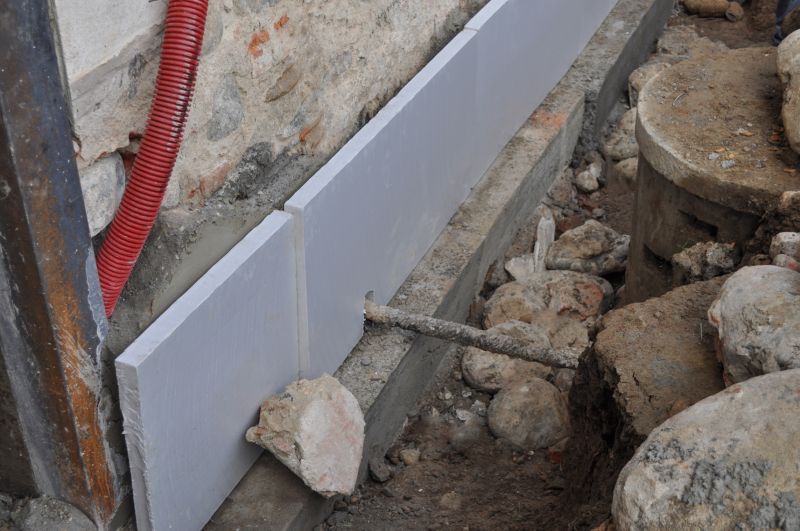
Springtime soil stability supports effective foundation repairs.
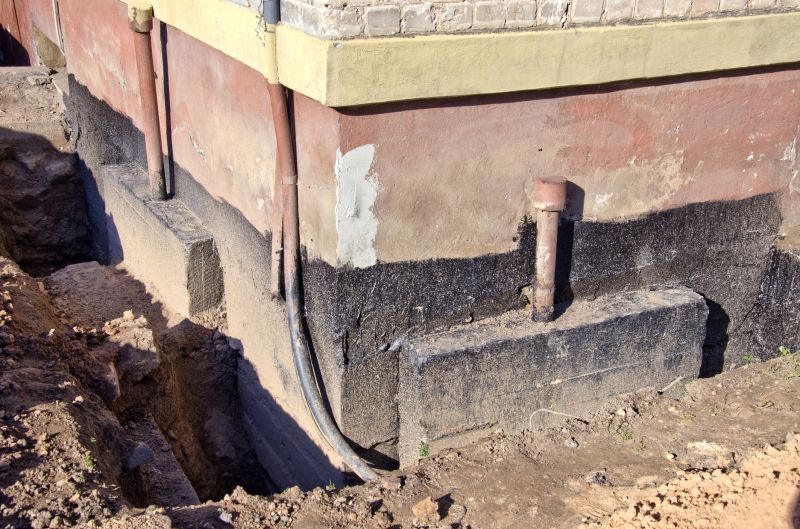
Warm weather facilitates construction, but soil conditions should be monitored.

Cooler temperatures and stable soil make fall ideal for repairs.
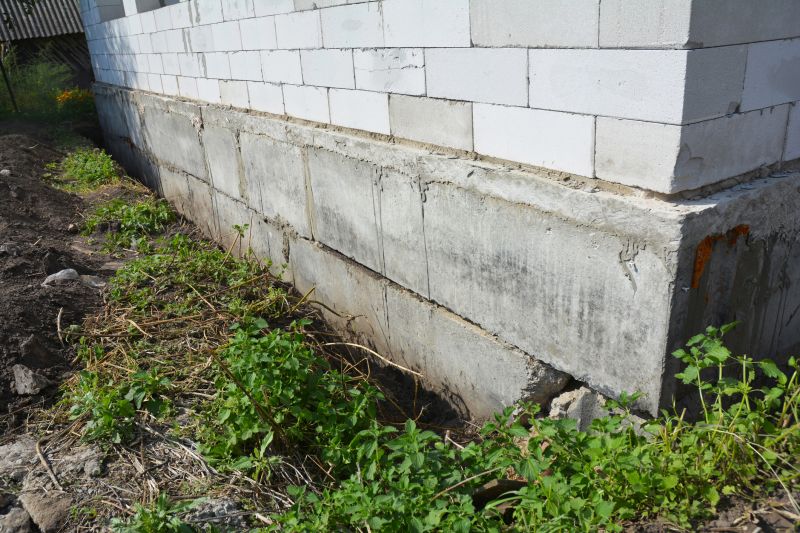
Frozen ground and snow pose challenges for foundation repairs.

Ways to make Foundation Repairs work in tight or awkward layouts.
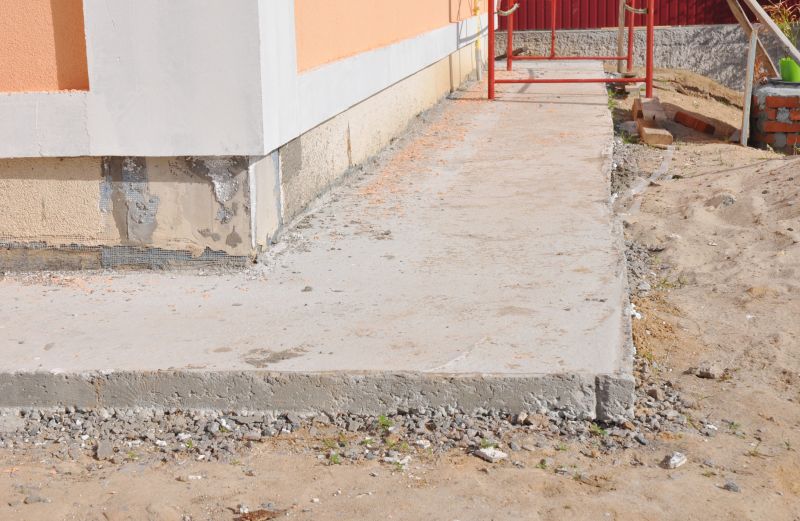
Popular materials for Foundation Repairs and why they hold up over time.
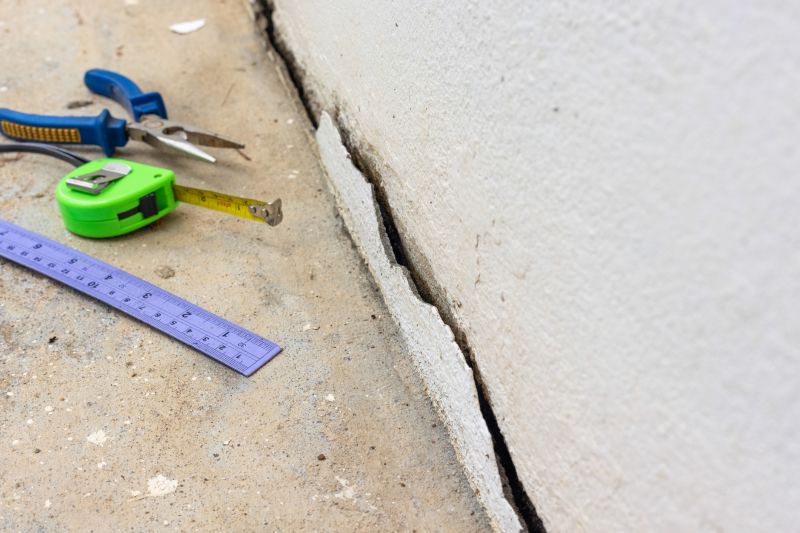
Simple add-ons that improve Foundation Repairs without blowing the budget.
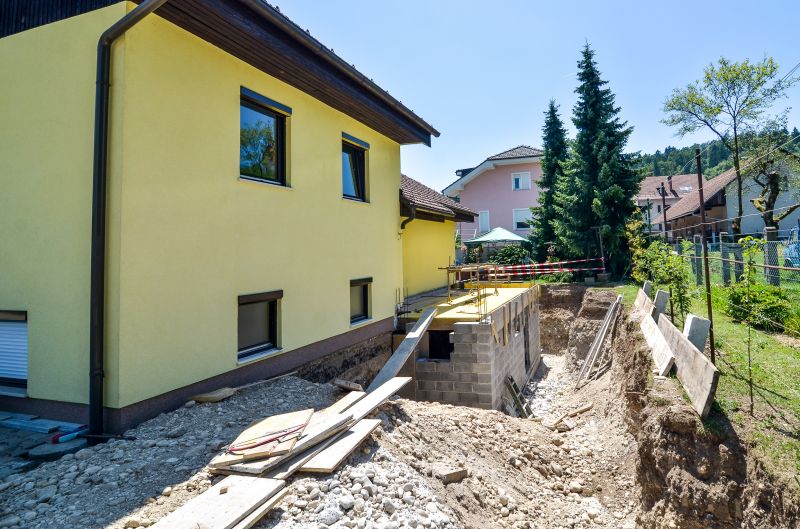
High-end options that actually feel worth it for Foundation Repairs.
| Season | Optimal Conditions |
|---|---|
| Spring | Moderate temperatures, soil stability, minimal freeze-thaw cycles |
| Summer | Warm weather, longer daylight hours, but watch for drought conditions |
| Fall | Cool temperatures, less soil movement, good for pre-winter repairs |
| Winter | Freezing temperatures, frozen ground, and snow limit repair options |
Foundation repairs are critical for maintaining structural integrity and preventing further damage to a property. Addressing issues promptly can help avoid costly repairs in the future. The timing of repairs plays a significant role in their success, as soil movement due to moisture and temperature fluctuations can impact the stability of the foundation. Proper planning and scheduling during the appropriate season can lead to more durable and effective repairs.
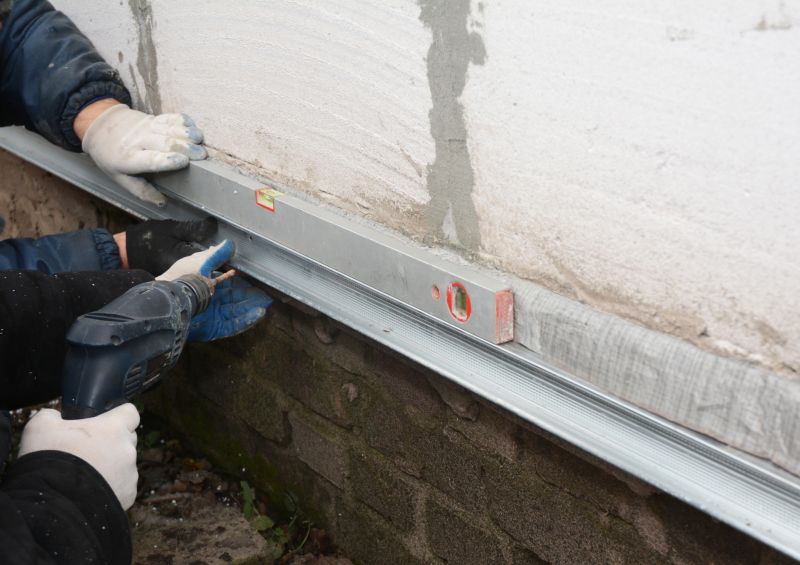
Proper timing ensures effective stabilization and long-lasting results.
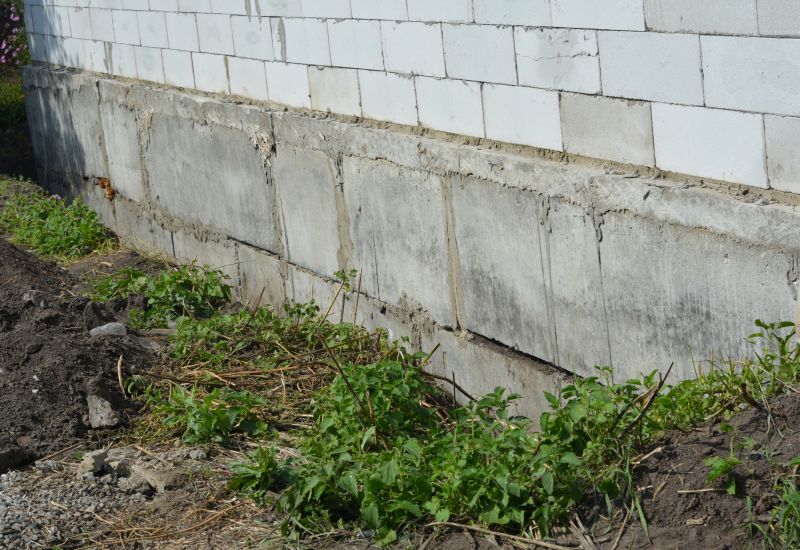
Timing repairs during optimal soil conditions enhances effectiveness.

Weather conditions influence the scheduling of foundation work.

Properly timed repairs provide lasting support for structures.

Finishes and colors that play nicely with Foundation Repairs.

Little measurements that prevent headaches on Foundation Repairs day.

A 60-second routine that keeps Foundation Repairs looking new.

A frequent mistake in Foundation Repairs and how to dodge it.
Potential foundation issues include cracking, uneven floors, and shifting walls. Recognizing early signs and scheduling repairs during the most suitable season can prevent further structural damage. Consulting with foundation specialists can help determine the best timing based on local climate and soil conditions. Properly timed repairs contribute to the longevity and safety of a property.
Cracks in walls, uneven flooring, and sticking doors may indicate foundation issues.
Addressing foundation problems early can prevent costly structural damage.
A foundation expert can evaluate soil conditions and recommend optimal repair timing.
Scheduling repairs during favorable weather improves outcomes and durability.
Interested property owners in Terre Haute, IN, are encouraged to contact for foundation repair assessments. Proper timing and professional intervention can ensure the stability and safety of a structure, saving costs and preventing future issues.

